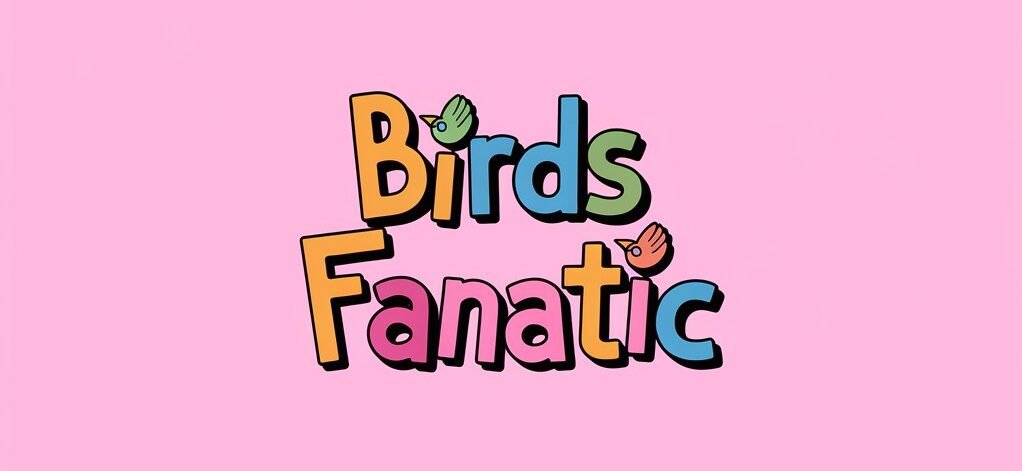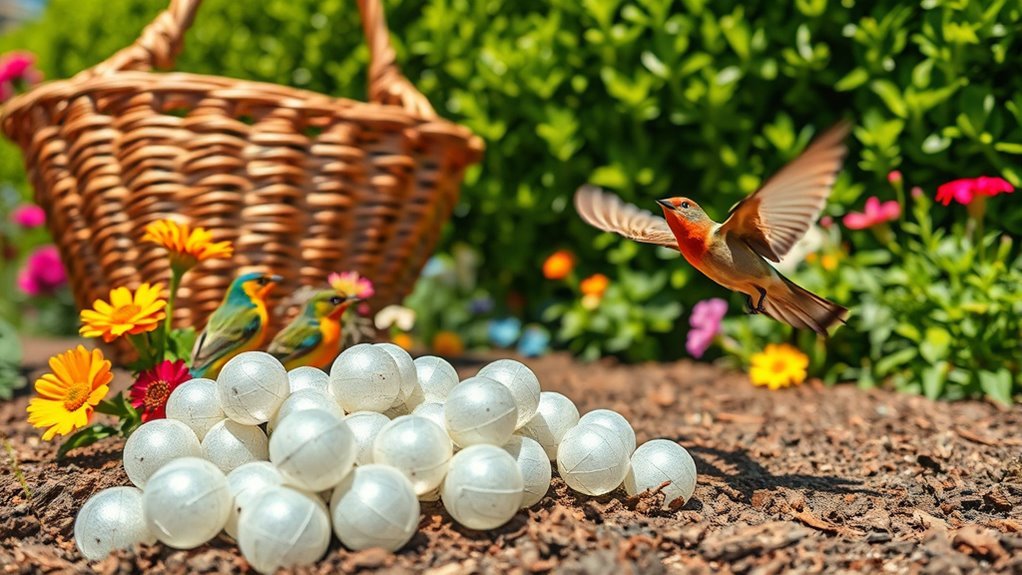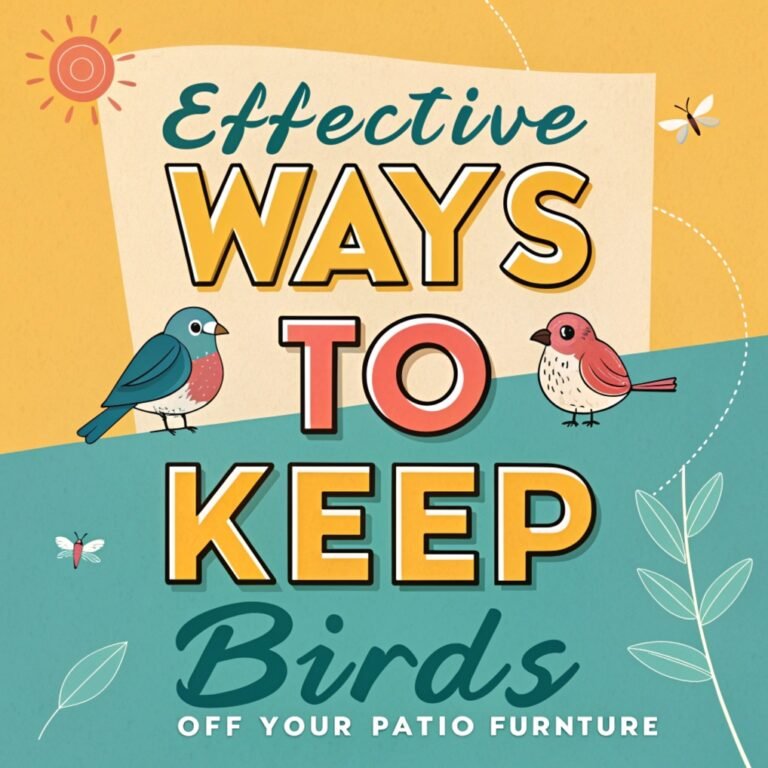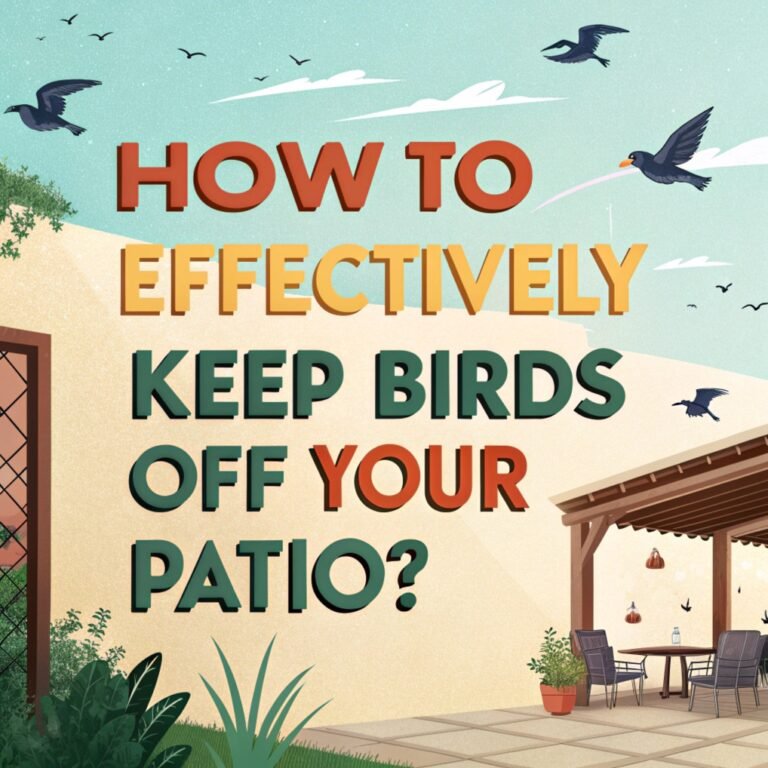Do Mothballs Really Deter Birds?
Many people wonder if mothballs can keep birds away. Although mothballs have a strong chemical smell, birds do not sense odors like humans do. Therefore, mothballs may not be effective in deterring birds. Additionally, using mothballs poses health risks. Before deciding to use them, consider other safer options for managing bird populations. What alternatives can you explore for a more effective and safe solution?
Key Takeaways
- Mothballs emit strong odors from chemicals like naphthalene, but their effectiveness in deterring birds is uncertain.
- Birds perceive smells differently; they may habituate to mothball scents over time.
- Limited data exists on the consistent response of birds to mothballs, making their deterrent effect questionable.
- Mothballs pose health risks to pets and humans, emphasizing the need for safer alternatives.
- Consider non-toxic deterrents like reflective surfaces or predator decoys for effective bird control.
The Science Behind Mothballs: How They Work
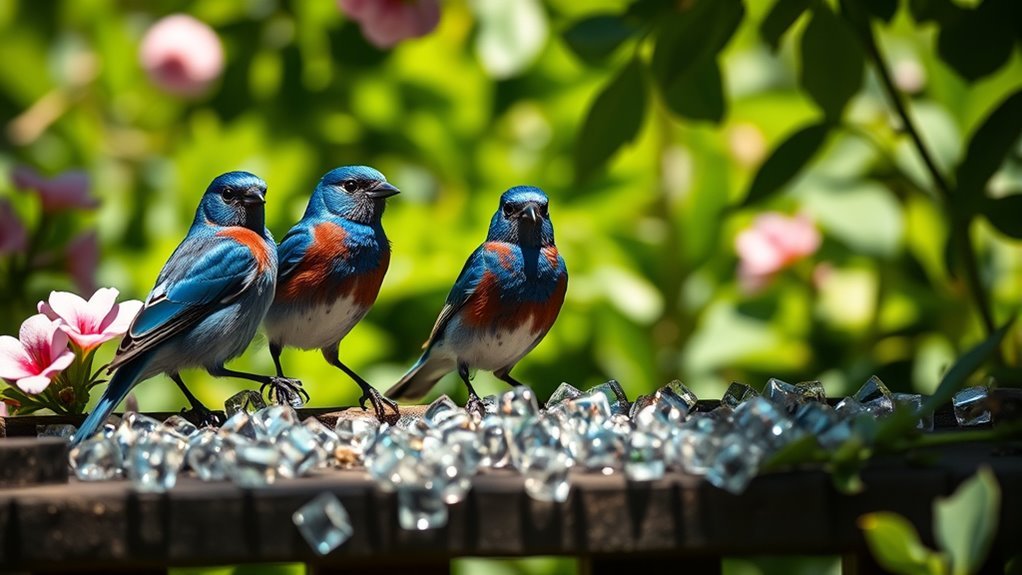
Mothballs are common household products used for pest control. They contain chemicals like naphthalene or paradichlorobenzene. These substances release strong odors that keep pests away.
This process is called sublimation, where solids turn into gas. As they evaporate, these gases spread into the air, making the environment less inviting for insects.
Birds can also be affected by these strong scents. Many have a keen sense of smell and may react to these chemicals. Research has shown that birds respond differently to these substances, which is important to consider when using mothballs.
Understanding how mothballs work helps you protect your home from pests while ensuring a comfortable space for everyone.
Do Mothballs Truly Deter Birds?
Do mothballs effectively keep birds away, or is this a common myth? Studies indicate that mothballs release a strong smell due to their active ingredients.
However, their ability to deter birds is uncertain. Birds perceive scents differently than humans do, meaning what bothers us mightn't affect them in the same way.
Birds may not react negatively to mothballs like rodents do. Moreover, if birds become used to their surroundings, the smell may not deter them consistently.
Risks and Concerns of Using Mothballs

Using mothballs for pest control has important risks and concerns to consider.
First, mothballs can be toxic and may harm pets, wildlife, and people, especially with long-term exposure. The main ingredient, naphthalene, can cause respiratory problems and other health issues.
Additionally, mothballs can affect the environment. When they evaporate, they can pollute the air and soil, harming local ecosystems.
If you need pest control solutions, it's essential to be aware of these dangers and select safer methods that protect both health and the environment.
Alternative Bird Deterrents
To deter birds from your area, consider using safe and natural methods. These alternatives avoid toxic substances like mothballs and offer effective solutions.
- Reflective surfaces: Hang old CDs or aluminum foil strips. Their shine confuses and repels birds.
- Decoys: Place decoys of owls or hawks. These can scare birds away, as they see these natural predators.
- Sound deterrents: Play recordings of predator calls. This can discourage birds from coming near.
- Plants: Grow plants with strong scents or thorny edges. These can make your space less inviting for nesting birds.
Using these strategies will help you create a bird-free zone safely and effectively.
Best Practices for Bird Control

To manage bird populations effectively, use bird deterrents as part of a wider strategy. Combine different methods based on your needs.
For example, install bird spikes on ledges and use visual deterrents like reflective tape to keep birds away. Sound devices that mimic predator calls can help too, but always choose humane options.
Redirect birds by providing food sources away from your desired areas, ensuring their safety. Collaborating with local wildlife organizations enhances your understanding of best practices and builds community involvement.
A well-planned approach supports both your environment and bird populations, benefiting everyone involved.
Frequently Asked Questions
Can Mothballs Harm Pets or Other Wildlife?
Mothballs contain toxic chemicals that can be harmful to pets and wildlife. These substances pose a risk to their health and safety. To protect your pets and local animals, consider using safer alternatives for pest control. Always research your options to ensure their well-being.
How Long Do Mothballs Remain Effective?
Mothballs typically last from several months to a year. Their effectiveness depends on environmental conditions. Moisture and heat can shorten this timeline by reducing their repelling properties. To ensure they work well, replace them regularly.
What Are Safe Alternatives to Mothballs?
Consider using natural repellents like essential oils and vinegar. These options are effective and safe for the environment. They protect your space and support a sustainable lifestyle.
Are There Specific Bird Species Mothballs Affect More?
Mothballs can be effective in deterring certain birds. Species like pigeons and sparrows may react more strongly to mothballs. Their behavior makes them more sensitive to the chemicals in mothballs. Research shows these birds may respond differently than other species. This finding highlights the importance of considering safer alternatives for bird control.
How Should Mothballs Be Disposed of Safely?
To dispose of mothballs safely, put them in a sealed container. Follow your local hazardous waste guidelines. This method helps prevent harmful chemicals from harming the environment and keeps everyone safe.

Hello, I’m Amelia White, the founder of birdsfanatic.com. As a lifelong bird enthusiast and spiritual seeker, I’ve always been fascinated by the mystical connections between birds and the human experience. On this site, I share my knowledge and insights into the symbolic meanings and spiritual significance of various bird species, exploring their roles in mythology, folklore, and cultural traditions. Join me on this journey into the world of birds, where we’ll discover the hidden wisdom and guidance that these magnificent creatures have to offer.
